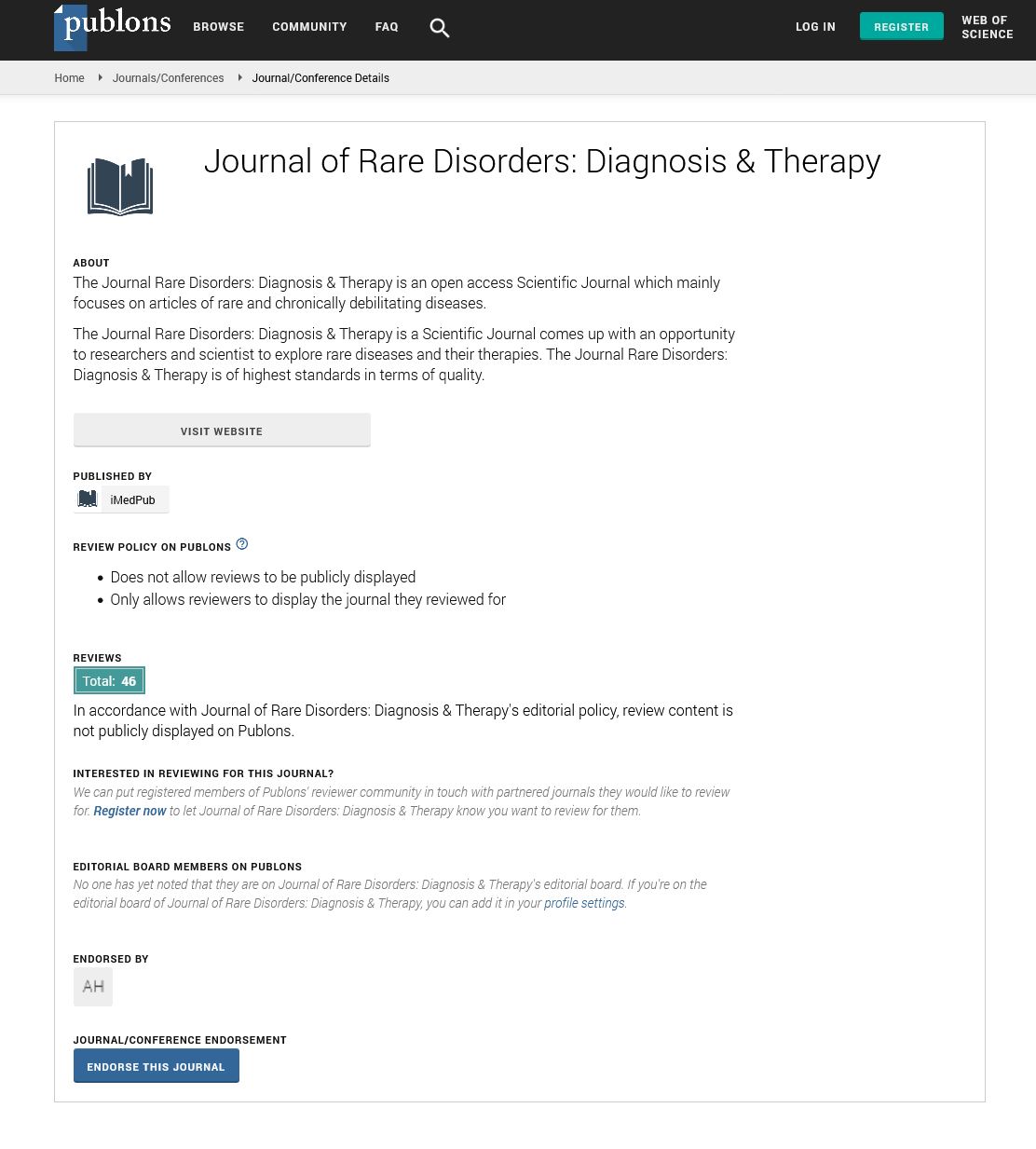Abstract
Inherited Sex-Reversal Mutations in SRY Define a Functional Threshold of Gonadogenesis: Biochemical and Evolutionary Implications of a Rare Monogenic Syndrome
Sex determination in therian mammals is regulated by heteromorphic chromosomes X and Y. Male development (the heterogametic sex) is initiated by the stage- and tissue-specific expression of a Y-specific gene adjacent to the pseudoautosomal region (SRY; sex determining region of the Y; interval 1A1). Expressed in supporting cells of the bipotential genital ridge just prior to its morphologic differentiation (38-40 days post-conception in late human embryogenesis; 12.5-14 days post coitum in mouse), SRY functions as an architectural transcription factor to trigger Sertoli-cell differentiation; these cells then orchestrate testis development leading to formation of Leydig cells. The principal downstream target of SRY is related autosomal gene SOX9, whose expression activates, in turn, a ramified network of male-specific gene expression. Although uncommon, mutations in human SRY are associated with disorders (or differences) of sex development (DSD): a spectrum of phenotypes leading to female somatic development with complete or partial gonadal dysgenesis (including ovotestis; 46, XY pseudohermaphroditism). Such mutations ordinarily occur de novo as meiotic errors in spermatogenesis. This review focuses on the rare subset of inherited mutations, i.e., variant SRY alleles shared between a fertile father and a sterile XY daughter. The known inherited mutations in SRY provide experiments of nature that unmask multi-faceted molecular functions of this specific DNA-bending protein and architectural transcription factor. Biochemical studies of such variants suggest that wild-type SRY functions just above a critical transcriptional threshold required for testis formation. Such rare pedigrees thus have broad implications for a gene-regulatory network functioning at the edge of ambiguity.
Author(s):
Yen-Shan Chen, Joseph D Racca, Paul W Sequeira and Michael A Weiss
Abstract | Full-Text | PDF
Share this

Google scholar citation report
Citations : 241
Journal of Rare Disorders: Diagnosis & Therapy received 241 citations as per google scholar report
Journal of Rare Disorders: Diagnosis & Therapy peer review process verified at publons
Abstracted/Indexed in
- Google Scholar
- China National Knowledge Infrastructure (CNKI)
- Directory of Research Journal Indexing (DRJI)
- Publons
- International Committee of Medical Journal Editors (ICMJE)
- Secret Search Engine Labs
- Euro Pub
Open Access Journals
- Aquaculture & Veterinary Science
- Chemistry & Chemical Sciences
- Clinical Sciences
- Engineering
- General Science
- Genetics & Molecular Biology
- Health Care & Nursing
- Immunology & Microbiology
- Materials Science
- Mathematics & Physics
- Medical Sciences
- Neurology & Psychiatry
- Oncology & Cancer Science
- Pharmaceutical Sciences


